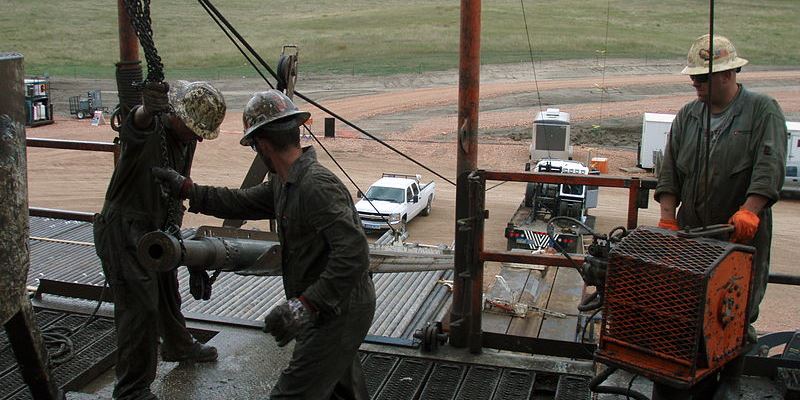The impact of the carbon tax on Canadian industry

Last month, an Ecofiscal Commission report found that Canada must adopt a carbon price of $210 per tonne by 2030 to meet its Paris targets—assuming it relies on the carbon tax alone. The report estimates that this would mean a 40 cent per litre increase in gas prices.
But the cost impacts for Canadian industries are noticeably absent from the report.
Indeed, the commission’s report acknowledges the competitiveness risks associated with a $210 per tonne carbon tax, and that businesses that sell their goods on international markets may not be able to pass on their higher carbon tax-costs to consumers, putting them at a competitive disadvantage. In response, the report emphasizes the need for Output-Based Pricing Systems (OBPS)—a system of compensation payments—to mitigate competitiveness concerns.
But again, without a detailed discussion about how a $210 per tonne carbon tax would impact the competitiveness of Canadian industries.
While we haven’t estimated the impacts of a $210 carbon tax, consider the impacts of $50 per tonne tax on Canadian industries.
A recent Fraser Institute study uses the latest input-output data from Statistics Canada to examine the short-term effects of an economywide $50 per tonne carbon tax on domestic commodity prices and the production costs of different sectors of the economy.
The results show that that four industries—petroleum and coal products, agricultural chemicals (pesticide, fertilizer and others), electric power generation, transmission and distribution, and basic chemical manufacturing—will face unit production-cost increases of more than five per cent in the short run once the full tax is introduced.
Forty other industries including oil and gas extraction, cement and concrete product manufacturing and primary metal manufacturing, which combined account for nearly 20 per cent of Canada’s output, would also see noticeable production cost increases.
The study then looked at which sectors face both a risk of increased production costs and international competition. These so-called “trade-exposed” industries are the least able to pass on higher costs to consumers, and thus face the greatest risks from reduced competitiveness.
After accounting for cost increases and the degree to which sectors are exposed to competition from trade, we found that 13 industries will face serious competitiveness pressures from the $50 carbon tax, at least in the short-run.
For example, the petroleum and coal-product manufacturing sector will see an estimated cost increase of 25 per cent from a $50 carbon tax, and is very exposed to competitiveness pressures (which may be mitigated by OBPS).
Canada’s agriculture and chemical manufacturing (pesticide, fertilizer and others) sector is also at great competitiveness risk (8 per cent cost increase) along with other manufacturing sectors involved in chemicals, primary metals, cement, concrete and non-metallic mineral products. Transportation industries will also be impacted, with water and truck transportation facing a production-cost increase of more than three per cent. And finally, the pulp, paper and paperboard mills and oil and gas extraction industries will be severely affected.
In response to competitiveness concerns for Canadian industries, the federal government has designed an OBPS to limit the harm to sectors exposed to trade and competitive pressures. However, our study found that the compensation system’s design is not tied specifically to factors that determine a firm’s risk of reduced competitiveness. As a result, some firms that lose significant international market share will end up worse off—even under the OBPS compensation plan.
As policymakers continue to grapple Canada’s Paris targets, competitiveness risks must be acknowledged. That means the impact of the carbon tax on Canadian industries should be front and centre when evaluating this policy.
Authors:
Subscribe to the Fraser Institute
Get the latest news from the Fraser Institute on the latest research studies, news and events.

